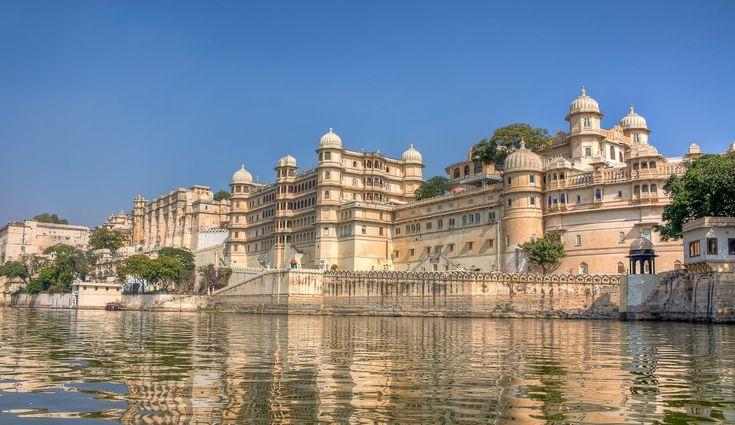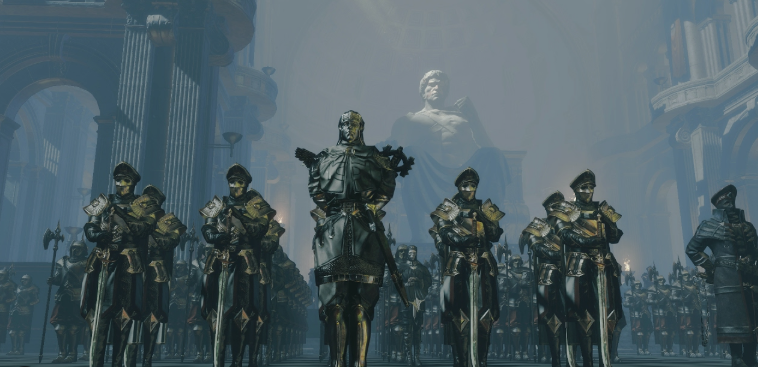City Palace Udaipur: Royalty by the Lake

Nestled in the heart of Udaipur, the City Palace is a magnificent emblem of Rajasthan’s rich history and royal heritage. Overlooking the serene waters of Lake Pichola, this architectural marvel showcases a perfect blend of Rajasthani and Mughal styles, offering visitors a glimpse into the opulence of bygone eras. Built over a period of nearly 400 years, the palace complex reflects the grandeur, vision, and artistic excellence of the Mewar dynasty. Each courtyard, balcony, and corridor tells stories of royal ceremonies, battles, and celebrations, making it not just a monument but a living testament to the cultural legacy of Rajasthan. The intricate mirror work, vibrant murals, and towering gates mesmerize tourists and history enthusiasts alike. For those exploring Udaipur, the City Palace serves as both a historical journey and an aesthetic experience, attracting photographers, scholars, and travelers from around the world.
Historical Background of City Palace Udaipur
The City Palace was founded by Maharana Udai Singh II in 1559, following the establishment of Udaipur as the new capital of Mewar. Constructed on a hill overlooking Lake Pichola, the palace was designed to serve both as a royal residence and a fortification against invaders. Its architecture is a combination of traditional Rajasthani elements, such as jharokhas (overhanging balconies) and chhatris (elevated pavilions), with Mughal influences visible in the arches and courtyards.
The palace complex is a collection of several structures built by successive rulers, reflecting different eras of architecture and decorative styles. From the grandeur of the Mor Chowk, known for its intricate mosaics, to the serene Zenana Mahal, which housed the royal ladies, every corner of the palace narrates a unique story. This historical richness makes the City Palace a key highlight for travelers seeking both cultural depth and aesthetic pleasure.
Exploring City Palace Udaipur: Key Attractions
When visiting the City Palace, tourists can explore multiple sections, each with its own charm and significance.
1. Mor Chowk (Peacock Courtyard)
Mor Chowk is adorned with stunning peacock mosaics made from colored glass pieces. This courtyard is a visual delight, demonstrating the intricate artistry of Rajasthani craftsmen. The vibrant mosaics also symbolize prosperity and beauty, commonly associated with peacocks in Indian culture.
2. Sheesh Mahal (Mirror Palace)
The Sheesh Mahal is renowned for its mirror work, where thousands of tiny mirrors are intricately arranged to create a dazzling effect when illuminated. Historically, the palace’s halls were designed to enhance light and warmth, creating a royal ambiance. Visitors often find this section magical, especially during sunset or artificial illumination.
3. Zenana Mahal (Queen’s Quarters)
The Zenana Mahal offers insight into the life of royal women in the palace. Its elegantly carved balconies, private courtyards, and serene chambers reflect a blend of privacy, luxury, and architectural brilliance. This section also serves as a museum today, showcasing royal artifacts and attire.
Cultural Significance and Tourism Impact
City Palace Udaipur is not just a historical monument; it plays a vital role in promoting cultural tourism in Rajasthan. Travelers exploring the palace gain firsthand knowledge about royal traditions, artistic heritage, and historical narratives of the Mewar dynasty.
For those looking to plan their visit, contacting a Rajasthan tour operator can be invaluable. These professionals offer curated guidance, historical insights, and logistical support, making the exploration of the palace seamless and enriching.
Moreover, the palace hosts cultural events, traditional dance performances, and exhibitions, allowing visitors to experience authentic Rajasthani culture. This engagement enhances the tourism value of the site and boosts local economies.
Tips for Visiting City Palace Udaipur
To make the most of your visit to City Palace, consider the following practical tips:
-
Plan Early: Visiting during early morning or late afternoon provides better lighting for photography and fewer crowds.
-
Guided Tours: Hiring a guide or using audio guides helps in understanding the historical significance of different sections.
-
Photography: Certain areas allow photography; others are restricted. Always check local rules.
-
Combine With Lake Pichola: A boat ride on Lake Pichola complements the palace visit, providing a unique perspective of its grandeur.
-
Rajasthan Tour Packages: Many travel agencies offer inclusive packages covering City Palace along with other top attractions in Udaipur, ensuring a well-rounded cultural experience.
Real-Life Applications: Learning History Through Experience
Visiting City Palace Udaipur offers more than sightseeing. Students, history enthusiasts, and cultural researchers can observe the architecture, study the artwork, and understand the governance and lifestyle of ancient Rajasthan. For example, the palace’s layout demonstrates strategic planning for defense and royal convenience, highlighting lessons in urban planning and architecture.
Travelers often participate in workshops on miniature painting or traditional Rajasthani crafts conducted near the palace. Such hands-on experiences provide a deeper understanding of the cultural heritage preserved over centuries.
Conservation Efforts
Maintaining a centuries-old monument like City Palace requires continuous preservation efforts. Restoration projects focus on:
-
Structural Maintenance: Ensuring walls, balconies, and gates are intact.
-
Art Preservation: Restoring murals, paintings, and mirror work.
-
Tourist Management: Regulating visitor flow to prevent damage and ensure safety.
These efforts not only protect the palace but also enhance the visitor experience, making it a sustainable tourist destination.
Conclusion
City Palace Udaipur stands as a beacon of Rajasthan’s royal history, architectural brilliance, and cultural heritage. From the intricately decorated Mor Chowk to the serene Zenana Mahal, every part of the palace narrates a story of opulence, strategy, and artistry. For travelers, exploring this historic site provides not only visual pleasure but also educational insight into the traditions of the Mewar dynasty. Utilizing services like a Rajasthan tour operator or opting for comprehensive Rajasthan tour packages ensures a seamless and enriching visit. The City Palace remains a timeless symbol of royalty by the lake, leaving a lasting impression on every visitor.
FAQ: City Palace Udaipur
Q1: What is the best time to visit City Palace Udaipur?
A: The ideal time is between October and March when the weather is pleasant. Early mornings or late afternoons are recommended to avoid crowds.
Q2: Are there entry fees for the City Palace?
A: Yes, there is a nominal entry fee for tourists, with additional charges for photography and guided tours.
Q3: Can I combine City Palace visit with other attractions?
A: Yes, many Rajasthan tour packages include Lake Pichola, Jag Mandir, and Bagore Ki Haveli along with City Palace.
Q4: Is photography allowed inside the palace?
A: Photography is allowed in certain areas; some sections may restrict it. Always follow the posted guidelines.








